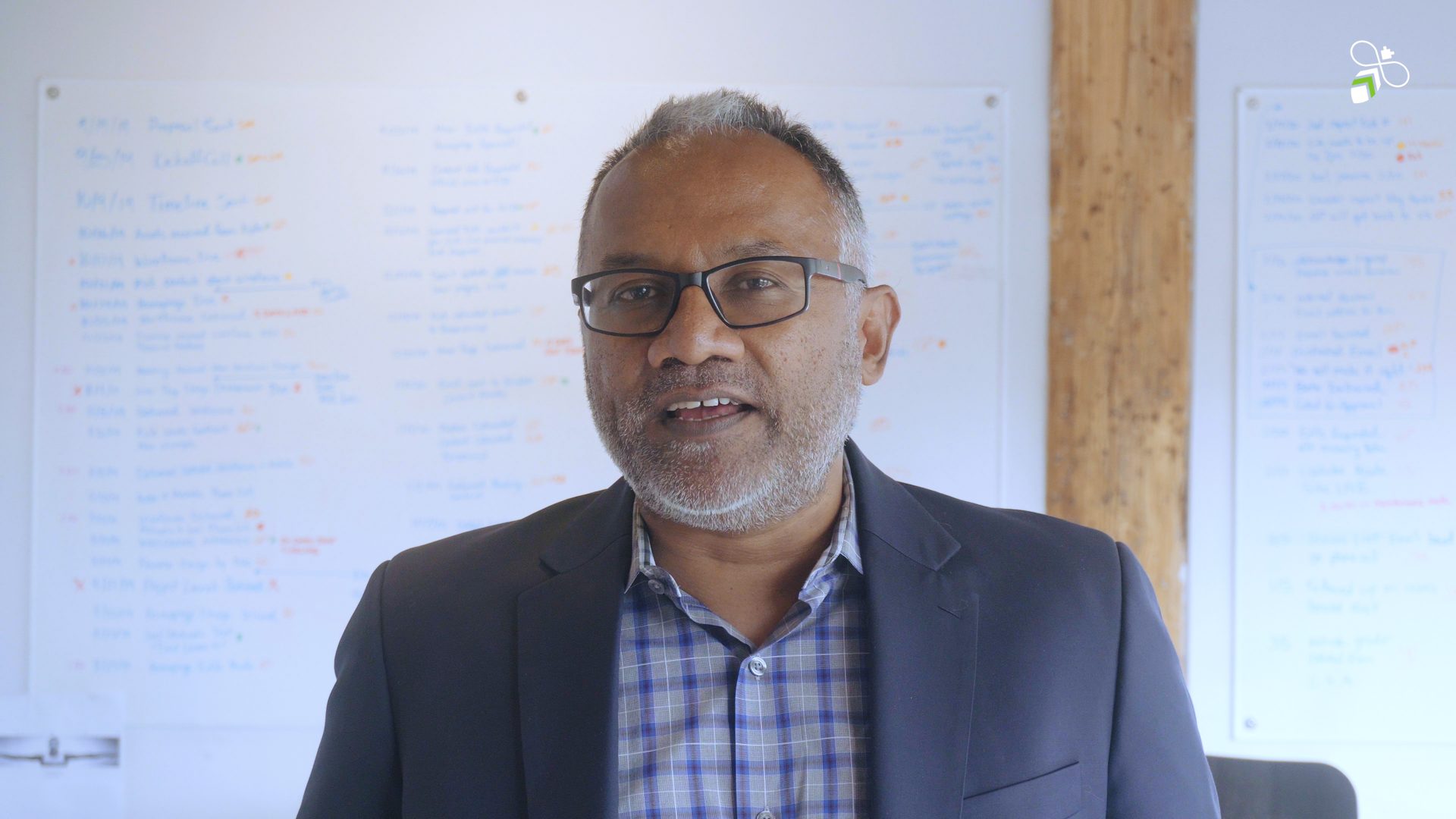Beyond Academics asks to hear your thoughts, comments, and opinions on the topics we’ve covered throughout the week. Let’s keep the conversation about Higher Education going.
BA Featured
Listen to Beyond Academics members Joe Abraham and Joel Mathew on The Scott Becker Business and Private Equity Podcast as they discuss what motivates BA and how we are actively transforming Higher Ed.
Our Posts
BA’s Top 10 Predictions for Higher Ed in 2021
Though 2020 is over, Higher Ed still has a lot of work to do. We must continue to adapt and transform—as we should be doing every year—to create a better future for students of today and beyond. Take a look at our top 10 Higher Ed predictions for 2021.
Other Posts
Video: “Flexible Learning Options” by Maricopa Community Colleges
Maricopa Community Colleges recently posted this videos outlining their flexible learning options which include online (asynchronous), live online (synchronous), in-person, and hybrid (a combination of in-person and online).
Schools like Maricopa that have adapted their classrooms to better accommodate students are leading the way in higher education. Though creating a campus that works for everyone is still something we need to work toward, offering a variety of learning options is a huge step in the right direction. But we still have some questions.
BA Bold Thoughts:
- This is great in theory, but how do we execute this in reality?
- Maricopa lists “campus life” as something all their students (even the online ones) will have access to. What is campus life and how does it translate to digital, asynchronous learning?
- What technology will be required to allow classrooms to exist on multiple platforms and operate smoothly?
Let us know your thoughts and answers to these questions.
Excerpt: “8 things that could derail innovation at your company—and how to avoid them” by Alex Salkever, Ismail Amla, and Vivek Wadhwa via Fast Company
Replace the word “company” with “university” and these 8 things still apply.
In this excerpt, the authors talk about “ambidextrous leadership,” which gives resources to internal innovations and start-ups without “being eaten or crippled by legacy business units.” In order to transform, universities must give their institution the funding and space to actually innovate.
BA Bold Thoughts:
- Innovative ideas are not enough, they require action, funding, and support.
- The entire institution must be willing to change and willing to compromise in order to allow essential transformations.
Tell Us Your Thoughts
Comment on this post, reach out on LinkedIn, or submit your take on any of these topics via email. We want to talk with you about the future of Higher Ed.







